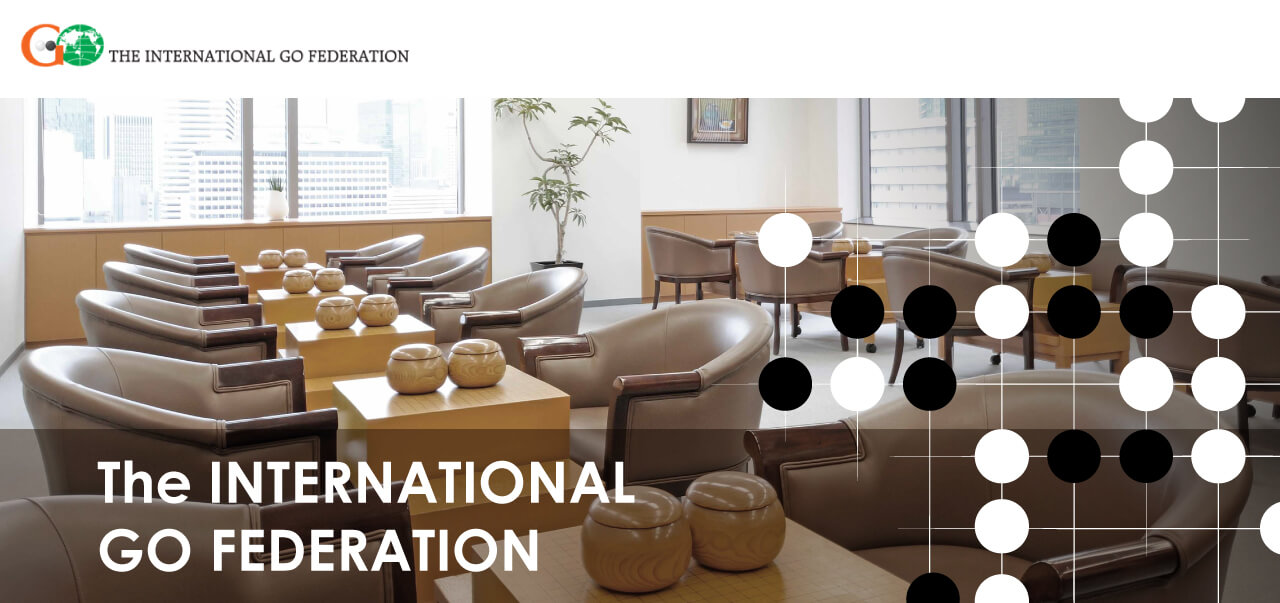WAGC Interview: Severin Hanevik, Norway
Antti: Hi! Could you briefly introduce yourself?
Severin: Hi! I’m Severin Hanevik from Bergen, Norway. I started playing go in 2007, and now I am ranked as a 3 dan.
Antti: How did you qualify for this tournament?
Severin: In Norway, the winner of the national championship gets to represent the country at the WAGC. However, to ensure that many different people to go, there is an extra rule that you can only participate in one world championship tournament every five times (the Korean Prime Minister’s Cup also counts). I went to the Prime Minister’s Cup in 2016, and so when I won the Norwegian championship in 2017 I didn’t get to go to either to Korea or Japan. However, in 2018 I won the championship again and that’s how I got to come here.
Antti: How is the go scene in Norway these days?
Severin: There are active clubs in the capital, Oslo, as well as in Bergen and Trondheim, which are the second and third biggest cities respectively. At the Oslo club maybe ten players or so meet weekly, and in Bergen and Trondheim maybe five-ish people. Most of the players are strong kyu or low dan players, but in Bergen we also got a few beginners recently.
Antti: What is your impression of the WAGC this year?
Severin: It’s actually my first time in Japan. I had seen photos from Japan in the internet, as well as some movies which were shot in Japan, and they give a very beautiful impression of the country. I didn’t expect the reality to be quite so picturesque, but here in Matsue City it looks exactly like what I had seen in the photos and movies! I am really impressed.
The WAGC tournament is also very well organised: the players are well taken care of and everything is running smoothly. I cannot imagine having this level of organisation in a European tournament. I am not so happy with my tournament results – so far I have three wins out of six games – but that is also partly because my opponents have been very strong. For example on the last round my Malesian opponent was a very strong fighter, and I had to be really careful not to get my groups killed. All the games have been exciting, and I have really enjoyed them.
Antti: How are you spending your time in Japan aside from playing go?
Severin: The organisers have made sure that there is also plenty of side activities aside from the tournament. For example, I have gone on walking tours around the city, visited the Matsue castle, and I have booked myself on a cruise on Lake Shinji for this evening.
Since before the trip I have looked forward to having Japanese sushi, and I’m planning to go to a sushi restaurant before I return to Norway. The other Japanese food has taken a little getting used to – for example the lunch bento boxes which are full of strange ingredients – but today, when I had a western sandwich lunch, I actually found myself missing the Japanese-style food.
Antti: Why do you like to play go? How would you advertise the game to new people?
Severin: I think of go as a kind of art, and I like the freedom and creativity that it allows for the players. Often there is no single obvious best move, and so you can play moves that you yourself like. In this way, the moves that one plays actually reflects their personality, and you can learn a lot about a person by playing a game with them. It’s a shame that you need to reach a certain level of play to attain this (for example, there is the proverb of ‘losing your first 100 games as quickly as possible’ – interviewer’s note), and so the game isn’t very easy to market to new players. I think some kind of a flashy and entertaining smartphone tutoring app could have a great effect in introducing new people to the game.
Antti: Thank you for your answers, Severin, and good luck in your remaining games!
Severin: Thank you!

